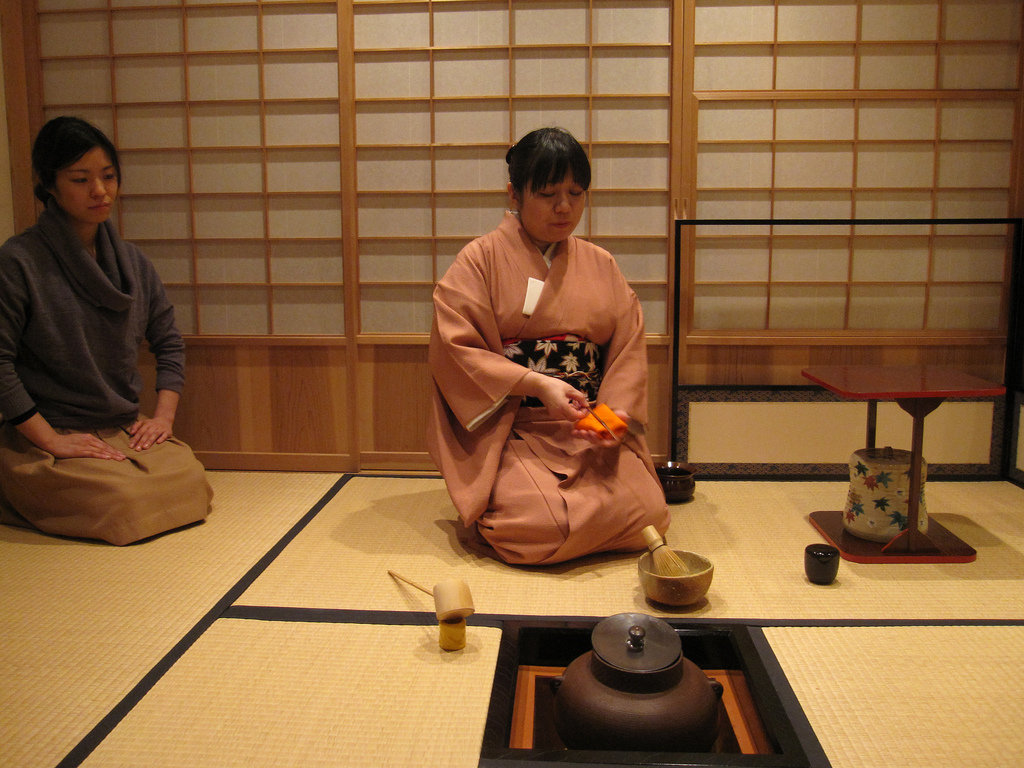In the first part of this series (see Japanese Tea Ceremony Part 1), we have learned that the Japanese Tea Ceremony is also an aesthetic discipline which integrates itself with flower arrangement, ceramics, calligraphy and too many fruitful essences that follow suit as this cultural treasure of the Japanese continually evolves then and now. In the subsequent paragraphs, we will explore more about its different objectives and how it amazingly molded the impressive cultural identity of Japan in general.
Mga Layunin
Ang pinaka kongkretong layunin ng seremonyang ito ay gawing payak at relaxed ang paraan ng pakikipagtalastasan sa pagitan ng mga panauhin at host nito. Meanwhile, ang isa sa mga pangunahing principles na gumagabay rito ay ang wastong serving etiquette ng tea na tinatawag na Temae. Dito, naipapakita kung paano ang ibang kaalaman ng tao ay maaaring pagsamahin at pagyamin upang magkaroon ng isang maganda at makabuluhang Japanese Tea Ceremony. Ilan sa mga ito ay ang sumusunod: architecture, gardening, unique, tea utensils painting at iba pa.
Hence, its ultimate objective is for everyone to attain a deep and even the highest form of spiritual satisfaction through some tea drinking and spiritual contemplation. The strong bonds of friendship are further strengthened.
Tea Ceremony Theories
What are the different theories that firmly govern the ceremony in its most flourishing firmaments? Here’s the definite answers.
- The Way of Tea
- The Tea Philosophy
- Wa- Harmony
- Kei- Respect
- Sei- Purity
- Jaku- Tranquillity
The worth emulating Tea Ceremony of Japan teaches us lots of values and moral enriching codes to live by about love, friendship and camaraderie at kung paano natin dapat pakitunguhan ang ating mga panauhin anuman ang kanilang kulay, kasarian, relihiyon at paniniwala. Ang mahalaga ay kung sino at ano ang ating pagkatao na siya nating dapat igalang at pakamahalin alang-alang sa ating di makasariling kasiyahan at kapakinabangan na siya namang ating gagamitin para maging makahulugan ang buhay ng ibang tao.
image credit: mari / Flickr





















